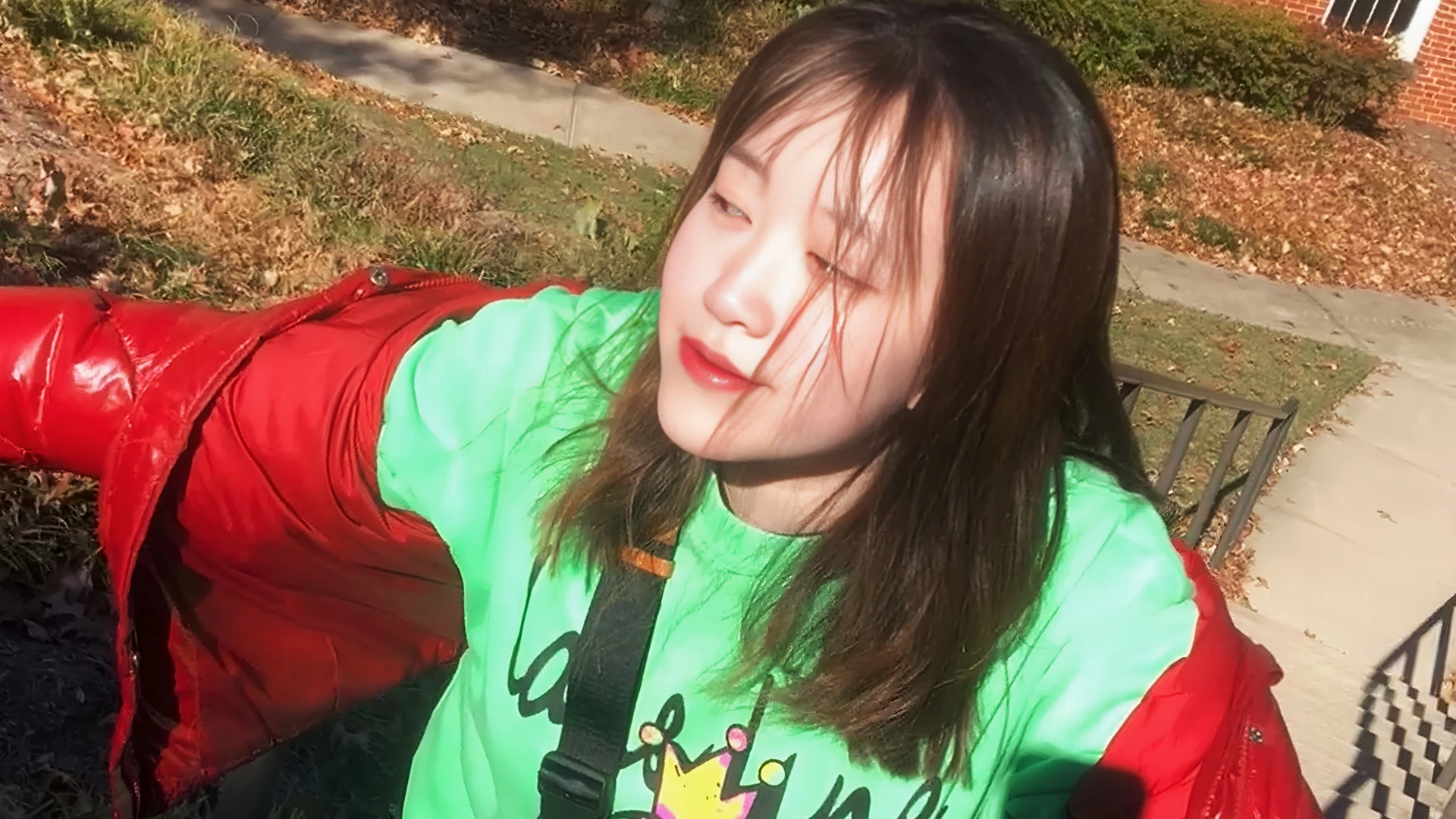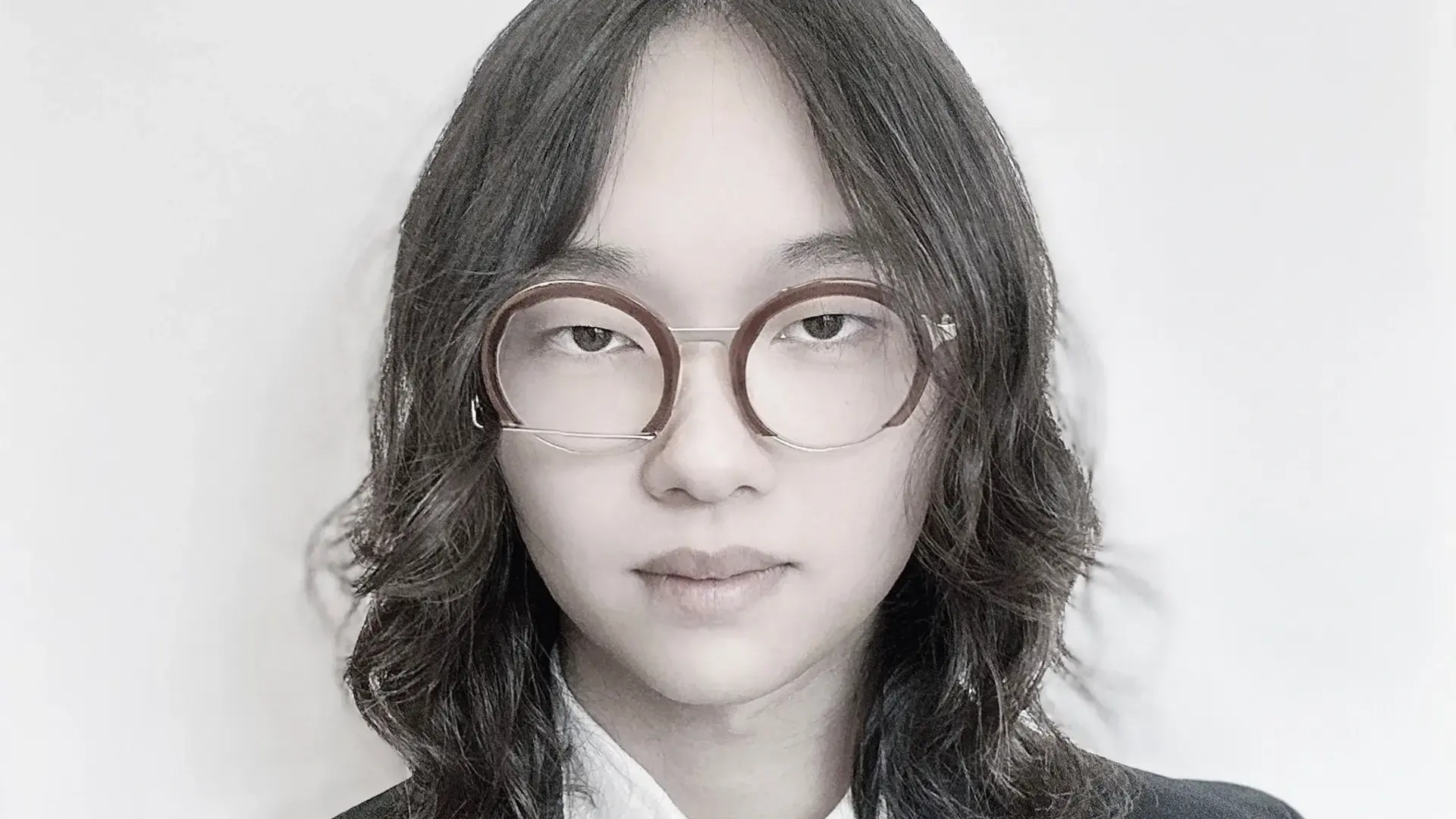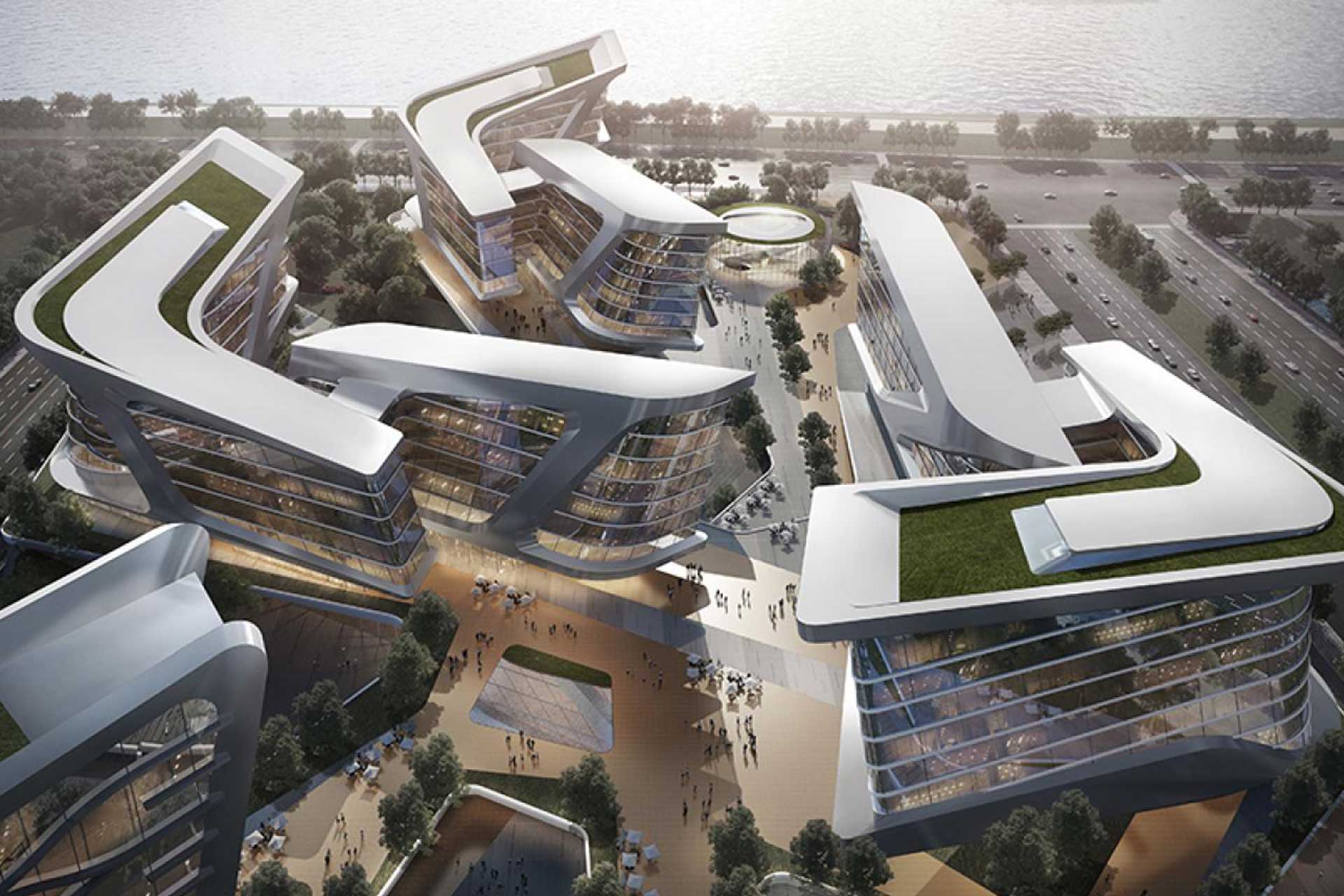
Turning Philosophy to UX: Qianzhuo Zeng’s Journey in Thoughtful Design
January 21, 2025
From China to the U.S.: Daren Cheng’s Perspective on Cross-Cultural UX/UI Design
January 21, 2025
Turning Philosophy to UX: Qianzhuo Zeng’s Journey in Thoughtful Design
January 21, 2025
From China to the U.S.: Daren Cheng’s Perspective on Cross-Cultural UX/UI Design
January 21, 2025Mingxun Zou
Mingxun Zou is an award-winning architectural designer focused on social infrastructure regeneration. He uses tools like BIM and coding to explore new design possibilities. Influenced by global cultures, art, and music, Zou channels diverse perspectives into architecture, finding purpose in bringing urban visions to life.
I’m Mingxun Zou, an award-winning architectural designer, who studied and worked internationally across the United States, China and United Kingdom.
During my professional and academic experience, I spearhead a lot of social infrastructure regeneration projects and am always interested in exploring innovative tools such as BIM and Coding to constantly push the boundaries of design innovation.
With my exposure to diverse cultures and a deep interest in art history and music, I gain a sense of accomplishment by internalizing various perspectives and expressing my values through design.
At the same time, it excites me when some of my urban visions become reality. The study of architecture and city life allows me to better understand the logic of societal operation and development. The methodology of architecture-related field enables me to expand the boundaries of my knowledge in any direction based on my interests.
I am an experienced architectural designer with a strong commitment to delivering high-quality work on every project. With a sharp vision in urban regeneration and social infrastructure, my expertise spans commercial, mixed-use, and cultural projects.
I aim to bring versatility and a multidimensional approach to design, considering ideas from various perspectives before selecting a direction. This allows me to explore design briefs more comprehensively, fostering creativity and innovation throughout the process.
Design enhances my critical thinking and helps me develop a systematic methodology, allowing me to broaden my horizons. It serves as a medium for me to express my ideas and contribute to building a world I aspire to see.
My artistic aesthetic is deeply influenced by high-tech architecture, also known as structural expressionism. I am particularly drawn to the elegance, authenticity, and simplicity of this style, which embodies a timeless quality, where the structure itself becomes a form of art.
To me, a good design should respect history and culture while pushing boundaries through contemporary ideas. In other words, it’s about creating a dialogue between the past and the present, allowing historical and modern elements to coexist harmoniously.
I value designs that can be bold, modest, or poetic, but above all, they must be thoughtful, and engaging with the existing context and infrastructure.
My work is rooted in a deep consideration of the complexity and contradictions inherent in architecture. My design is characterized by the use of repeating elements, each given its own specific program and spatial quality, making them similar yet unique.
I also enjoy exploring sophisticated details and innovative materials to create designs that are simple and straightforward, yet also elaborate and thoughtful.
My design process typically moves from abstraction to tectonics. I gather inspiration from various fields and use abstract drawings, text, and physical models to visualize these ideas.
From there, I find ways to translate them into architectural spaces while simultaneously considering the programmatic needs. Finally, I refine the space through detailed elements and tectonic features, bringing the design to life with both function and form.
Yes, I was born in Chongqing, China, a city renowned for its mountain transportation systems such as cable cars, funiculars, mountain stairs, and terraces. Many of these infrastructures have been abandoned, but Chongqing is now in the process of revitalizing and integrating them into urban life.
This initiative has sparked my interest in urban regeneration and social infrastructure, influencing the way I approach design by blending historical elements with modern urban needs.
The project is an urban design for a car company’s headquarters, created to reflect and showcase their corporate culture. The innovation in car design served as an inspiration for me to push the boundaries of architectural design.
I chose to submit this project because I was highly satisfied with the final presentation and believed that the MUSE Design Awards would be an excellent platform to showcase this achievement to a wider, professional audience.
Winning this award has been a tremendous source of encouragement for me and serves as a significant milestone in my career. It symbolizes great honor and recognition, motivating me to continue pursuing excellence in our practice.
Firstly, it’s an industry that allows for full creative expression. Secondly, It provides opportunities to learn and apply knowledge from various fields and lastly, it fosters the development of aesthetic appreciation.
I believe the architectural design industry will be increasingly influenced by AI and computational technologies over the next 5-10 years. Routine tasks may become more streamlined, leading to improved efficiency, while sources of inspiration will broaden, allowing for more innovative methods of realization.
As a result, there will be more possibilities in fabrication, and the knowledge requirements for architects will become more demanding.
My advice would be to cultivate a deep passion for both life and this industry and to continuously learn and grow from setbacks and failures.
Embrace challenges as opportunities to refine your skills and perspective, and always strive to evolve both personally and professionally. If things don’t go as planned, shift gears and apply the knowledge you’ve gained to find new paths forward.
I find a lot of my design inspiration from music, particularly classical compositions, as they help me think about rhythm and flow in architectural spaces.
The key to success is persistence, staying open to learning, and maintaining a passion for both the craft and the process. Embracing challenges, continuously refining skills, and not being afraid to take risks have been crucial to my journey. Success is not just about achieving goals, but about growing and evolving through each step of the journey.
Mingxun Zou
Mingxun Zou is an award-winning architectural designer focused on social infrastructure regeneration. He uses tools like BIM and coding to explore new design possibilities. Influenced by global cultures, art, and music, Zou channels diverse perspectives into architecture, finding purpose in bringing urban visions to life.
Explore the journey of Yixuan Song, a Silver Winner at the 2024 MUSE Design Awards. She is a user Experience Designer at Google, where she blends visual appeal with practicality to create designs that truly make an impact. As the design lead for MindMender, a personal project merging AI and user experience, she is dedicated to pioneering innovative solutions for mental health support.




